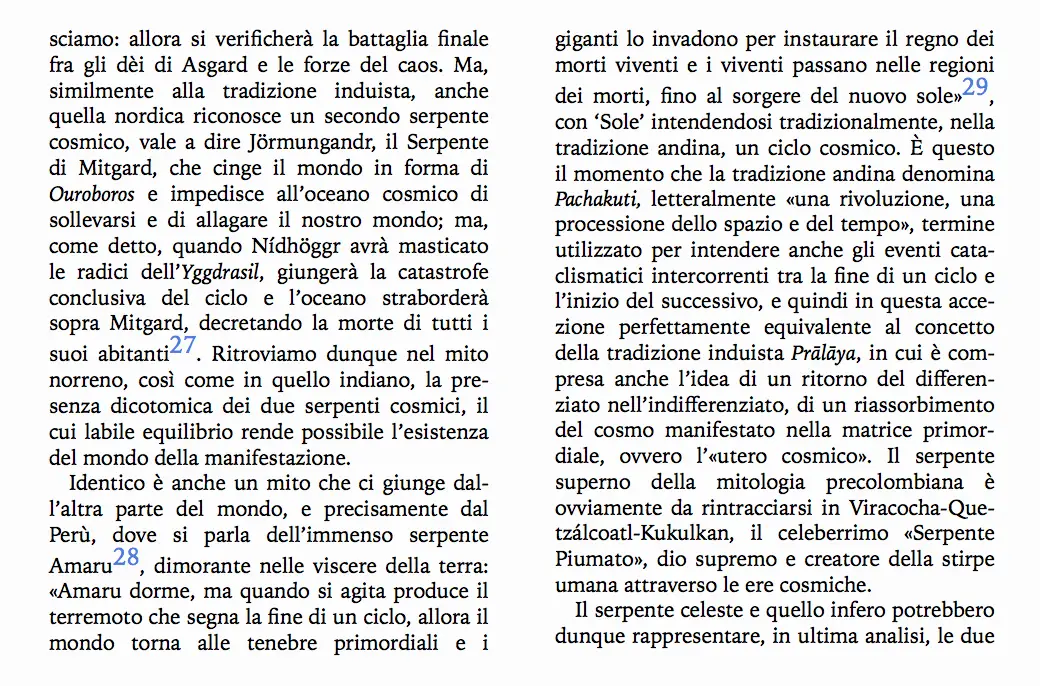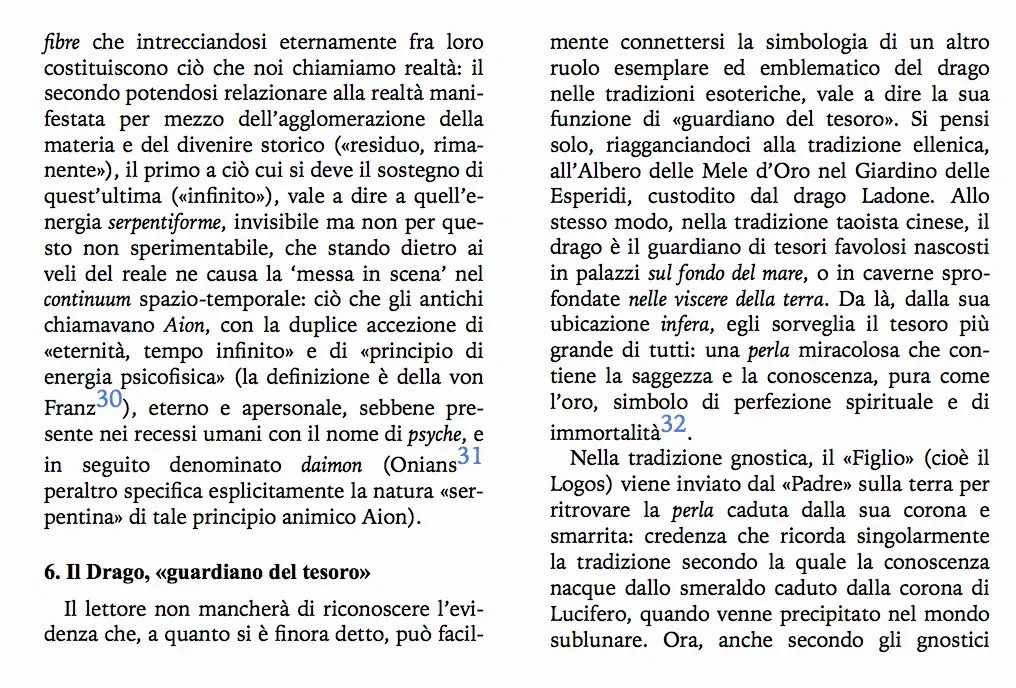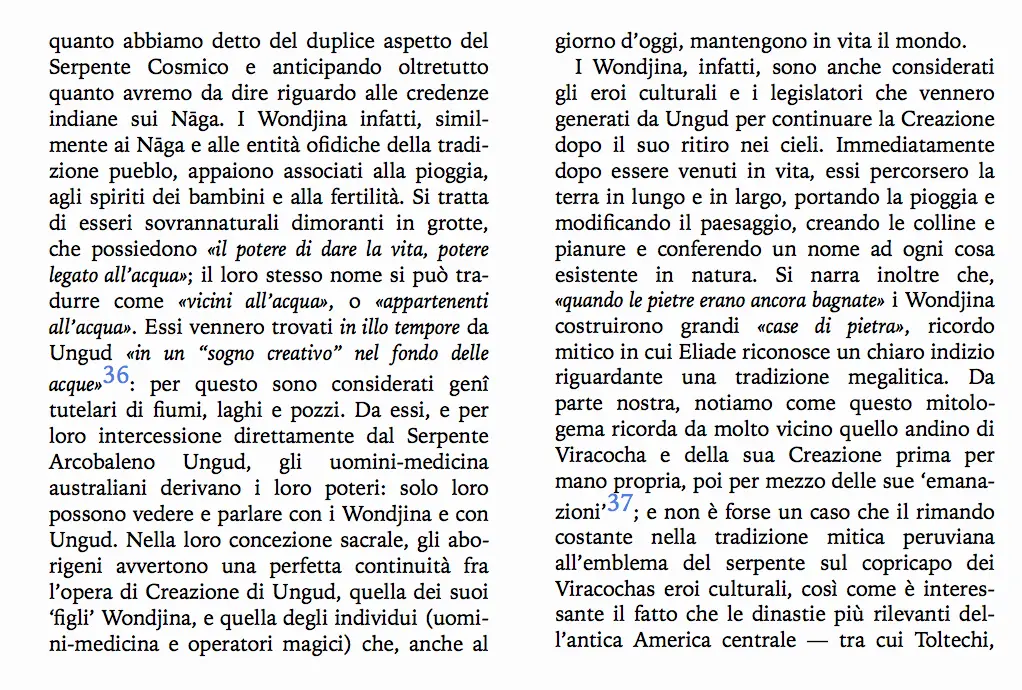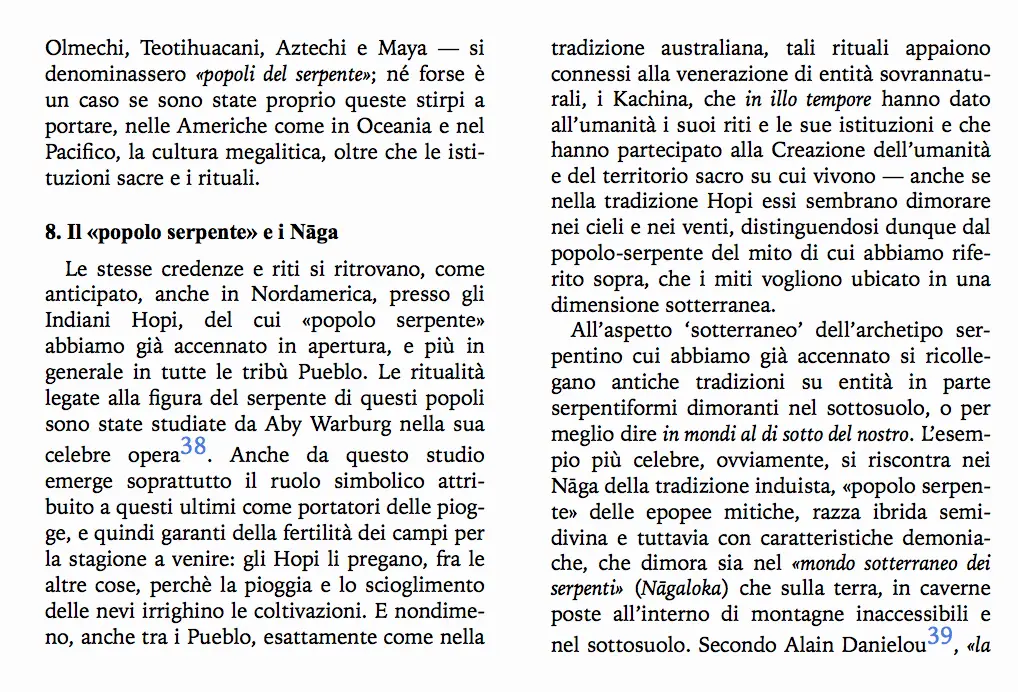Era of the Serpent, second annual publication and seventh total of Italian Sword & Sorcery Book, is on sale in digital format for € 3,30, with our 40-page essay (40.000+ characters) "The snake and the dragon: morphology of ophidic symbolism", as well as an unpublished story by Andrea Gualchierotti and an essay by Francesco La Manno
PURCHASE HERE
Synopsis of the story -
A. FULLERS:
"The Age of the Serpent"
The Age of the Serpent is the great fresco of the primeval reptile rule. Set in a very remote era, eons before known history, the story takes place on an Earth that has only recently known the first cry of the human being, and on whose surface the lineage of the Serpent has always dominated, an evolved race of reptilian humanoids generated in nameless days by the god Set. The story opens with a glance at the grandiloquent sunset of the Serpent civilization. After an apogee that lasted millennia, in which reptiles have reached marvelous heights of arcane and technological knowledge, their empire is on its way to an increasingly rapid decline, which nothing seems to be able to stop. Haunted by the spread of a degeneration that weakens both their blood and minds, the Serpents are also besieged by the disconcerting spread of beings unknown to them, who undermine their otherwise undisputed kingdom: men. Haughty and sophisticated, rigid in rituals and conventions that it does not intend to change, the even superior race of reptiles cannot comprehend the appearance, which took place in an unknown and for it inhospitable polar desert, of the human lineage, which in the glassy eyes of the sons of Set it appears as barbaric as it is disgusting. Nevertheless, as if struck by a curse, not even the glowing armies of Nath warriors, the military elite of the reptilian people, can stop the advance of the tribes that descend from the North, swarming over the ruins of once glorious cities. The end of the Serpents seems inevitable. Yet, it is precisely at the height of this epochal clash that he ascends to the throne of the cyclopean capital of the reptiles, Xyl, the powerful priest Salith, the last of the custodians of ancient science and fanatic worshiper of Set. Determined to reverse the fate of the conflict and save the Serpents from annihilation, he will draw on the most abominable secrets of black magic, to the point of recalling on Earth horrors dating back to the foundation of the world, all while around him, as in an exotic and macabre dance of spells and intrigues, the stories - contiguous and not - of the faithful disciple Kla-lhat, of the indolent emperor Ktlàn, and of the bloody and brutal figures of human generals, led by the ambiguous Tholius. And before the last battle is fought, the world itself will also go through its final upheaval.
Incipit of the essay -
M. MACULOTTI:
"The Serpent and the Dragon:
morphology of ophidic symbolism "
The mythical traditions of the whole globe, from Europe to the Americas, from Asia to the southern hemisphere, are rich in divinities, demonic entities and mythical characters that refer us to the symbolism of the snake or the dragon (or, more generally, of the reptile). The examples that can be given in this regard are heterogeneous, including both supernal gods (such as the Toltec-Aztec Quetzalcoatl, Ungud the "Rainbow-Serpent" of the Australian aborigines and Damballa in Haitian voodoo), goddesses with an ophidic-anthropomorphic appearance ( Nüwa in Chinese mythology, Wadjet in pre-dynastic Egyptian, the famous Minoan-Cretan "Goddess of Snakes" and the Aztec Coatlicue, literally "Skirt of Snakes", endowed with a terrifying aspect and a belt of severed human hands that unites it to the Kali of the Hindus), equally hybrid cultural heroes (Cecrops in the Greek context, Fu Xi in the Chinese one), gods with serpentine appendages having dominion over atmospheric phenomena such as winds, rains and storms (Tlaloc in Mexico, Shenlong and the " King Dragons "in China, the god of the north wind Boreas in Greece), mysterious ophidic genies living underground (the Nāga in India and the" Snake People "of Hopi folklore in North America) or in a" world behind the n ostro "(the Djnn of the pre-Islamic Arab mythical tradition and all that series of" fairy "creatures anguipeds, of which the medieval Melusina is the best known example). In all this well-being of mythical traditions the ophidic symbolism stands to symbolize, from time to time, the most disparate hierophanies: now the snake-god has a relevant part in the creation myths of the world and of man (both in function of creative deity who, for example in the Sumerian-Babylonian and the Judeo-Christian myths, as a trickster entity), at other times it is a symbol of healing and knowledge if not even of immortality, at other times it appears linked to waters (supernal or underground) and , as has been said, to the "world below", being not infrequently therefore connected to an "infernal" dimension. Sometimes, as in medieval Europe, serpent-like entities of an "infernal-infernal" nature, dwelling in the "world below ours," are preferably female, and play a relevant part in mythical tales regarding sexual union with the hero-founder of dynasties, to whom they give children: this is the case, for example, of the aforementioned Melusina, a hybrid fairy of European folklore, who according to the myth was the initiator of the French House of Lusignans. In this short essay on the symbolism of the snake we will try to give an overview of these various examples that we have briefly reported at the beginning of our work. Of course, the vastness of the topic in question here will not allow us to present a completely exhaustive picture of the topic: and yet, despite the expectations, the reader himself will realize that not infrequently mythical characters and ophidic symbolisms apparently of different if not opposite nature connect, in the network of folklore and ancient traditions, in a surprising way, we would say almost three-dimensional. In this way, ideally reasoning according to a grid of archetypes which we have briefly mentioned (knowledge-healing-immortality-supernal and underground waters-atmospheric phenomena, etc.), the reader will be able to realize how often the various mythical figures connected to the ophidic symbolism they recall each other, even when they appear apparently very distant from each other, since there is no real demarcation line in the Myth.
A small preview of our essay for our readers:




>> Learn more about the
Italian Sword & Sorcery website

3 comments on “"The Age of the Serpent": "The snake and the dragon: morphology of the ophidic symbolism""